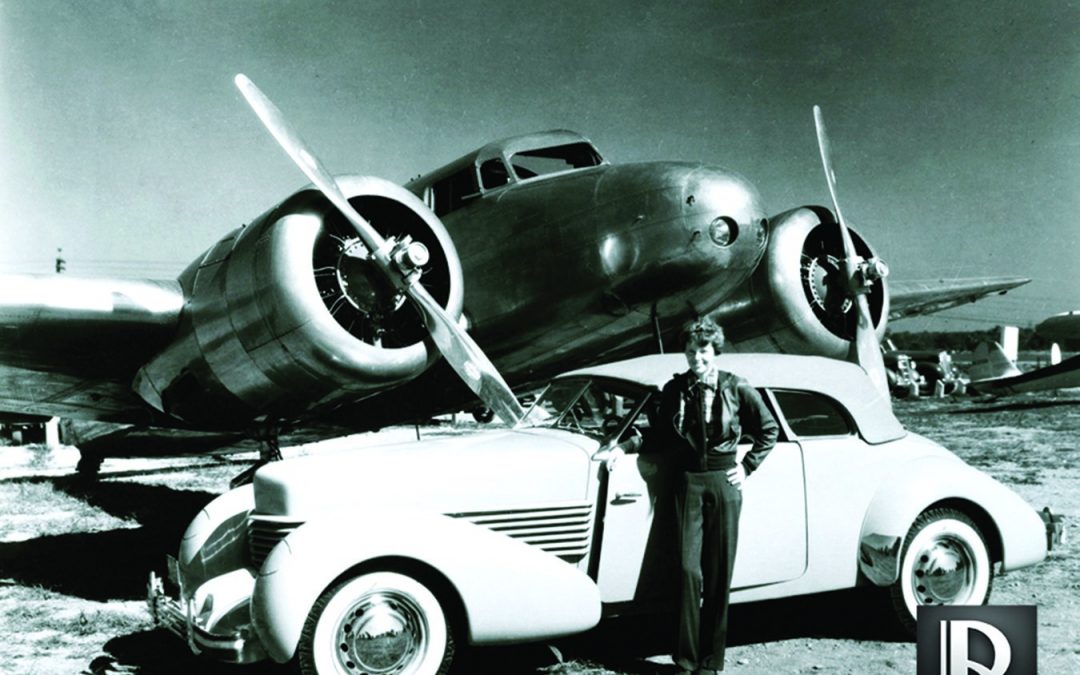Mechanical Engineering Alumnus Helps Preserve the Story
“Our company is driven by the idea of preserving history,” explained Mac Hogan, BSME ’65. At a time when many organizations are struggling to switch from print to digital media, the Rogers Archive provides a valuable service— digitizing the photo collections of newspapers and private collectors. Not only does this ensure that valuable historical images are preserved, but now these images, which were trapped on paper and buried in store rooms, are given a new life on the Internet.
Hogan, who grew up in North Little Rock, has had a diverse and remarkable career. As an aerospace engineer at NASA, he worked on the Gemini and Apollo space programs. In the seventies and eighties, he served as partner and vice president of AGL Corporation. In this position, Hogan contributed to advancements in the field of laser surveying, and he holds six patents in that discipline. In addition to being a partner in Rogers Archive, he is currently owner and chairman of two startup companies, both market leaders: Poloplaz, Inc., which makes coatings for hardwood floors, and Air Tech Coatings Inc., which produces paints and coatings for antique aircraft.
The engineering world provides many opportunities for entrepreneurs, Hogan explained. “You work in arenas where there are lots of new products, new markets.” And Hogan’s knack for identifying new markets has been very beneficial for Rogers Archive.
The archive was created by John Rogers, who purchased his first newspaper photo archives—from the Detroit News and the Detroit Free Press–in 2009. When Hogan and Chris Cathey, of North Little Rock joined the company in 2011 as partners, it had an inventory of 43 million images. Thanks in part to Hogan’s marketing skills and international contacts and to Cathey’s input, the archive now contains 220 million images, by far the largest collection of its kind in the world.
The Rogers Archive has developed a unique system that benefits the company, newspapers and consumers alike. The company travels to the headquarters of newspaper and collects the entire print photo archive. Hogan explained that this is usually “a massive amount of stuff.”
The photos are then sorted, cleaned and organized into two general categories. The majority document events and everyday life, but a select few photos stand out because of their quality, photographer or subject matter. “Every archive we go into has something of significance,” explained Hogan, referring to finds like long-forgotten shots of John F. Kennedy and the Beatles. Recently, the company discovered photos that Stanley Kubrick took for Look magazine, forgotten in the archive of the Sidney Herald. After the photos have been sorted, they are scanned with the company’s custom designed high speed equipment. The company scans about 3.5 million photos and 3.5 million negatives per month.
After the photos are digitized, the company applies metadata, including the date the photo was taken, the people in the photo, the setting, and other details that make the images searchable. Finally, the photos are uploaded onto the Rogers Archive site. Each newspaper has its own microsite within the website, so that its collection can be searched separately.
Once the images are digitized, they can be monetized. Rogers Archive is the largest lister of items on eBay, where they sell many of their original photos. The company also sells original photos to private collectors and through auction houses. The company sells prints of its digital images, and it licenses digital images. This revenue is split between the company and the newspaper who supplied the photos.
Rogers Archive provides a valuable service at a crucial time, as financial difficulties put many newspapers in jeopardy, and the ease of digital storage provides a new opportunity to preserve and monetize old images. “If these collections are not digitized now, they won’t be here just a few years from now,” explained Hogan. “Preserving the story is our motto. It’s a high and noble purpose.”






